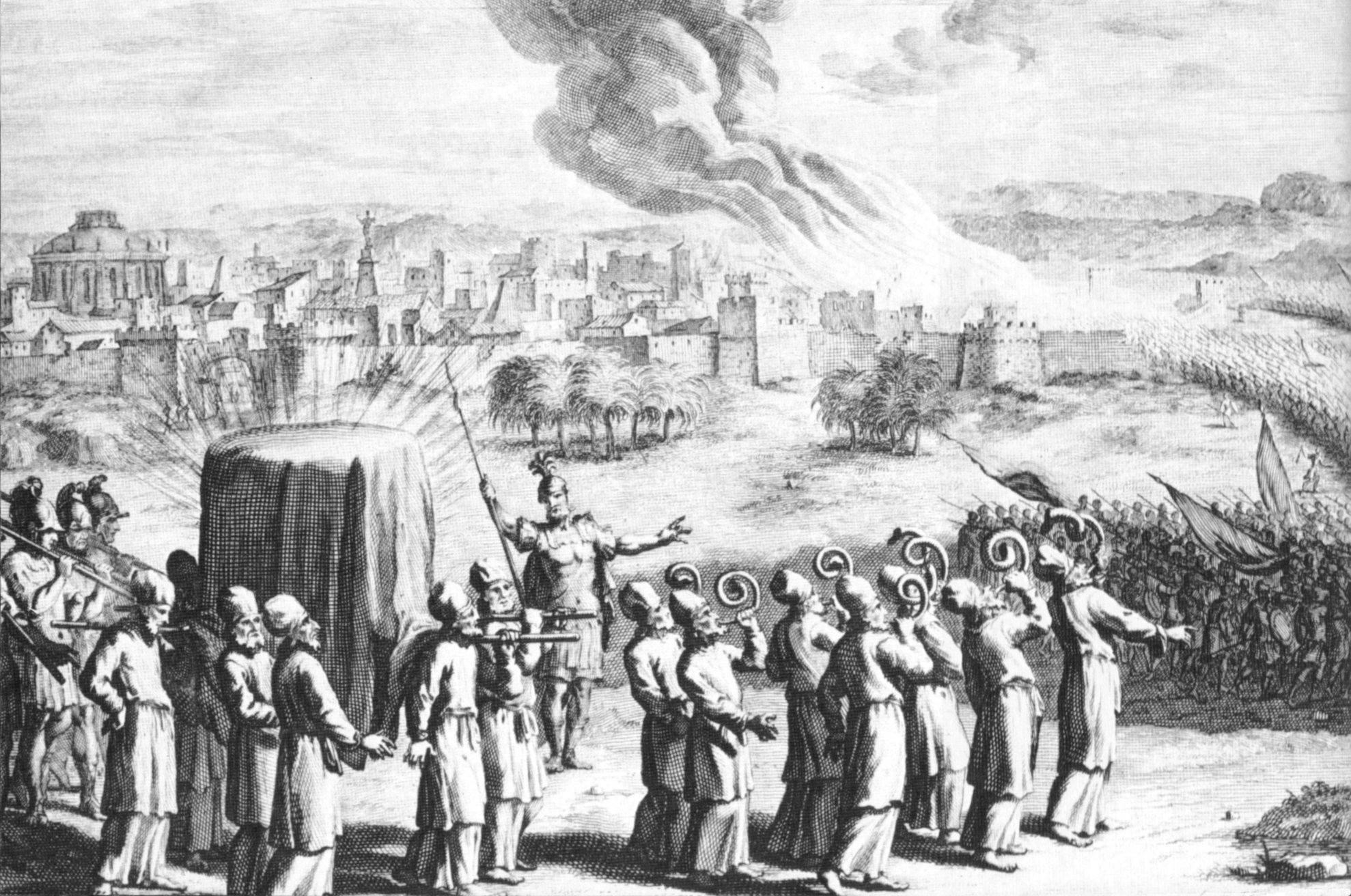Post by MoMo on Jul 15, 2014 22:22:38 GMT -6

The Ark of the Covenant (Hebrew: אָרוֹן הַבְּרִית ʾĀrôn Habbərît, modern pron. Aron Habrit), also known as the Ark of the Testimony, is a chest described in the Book of Exodus as containing the Tablets of Stone on which the Ten Commandments were inscribed. According to some traditional interpretations of the Book of Exodus, Book of Numbers, and the Letter to the Hebrews, the Ark also contained Aaron's rod, a jar of manna, and the first Torah scroll as written by Moses; however, the first of the Books of Kings says that at the time of King Solomon, the Ark contained only the two Tablets of the Law. According to the Book of Exodus, the Ark was built at the command of God, in accordance with the instructions given to Moses on Mount Sinai. God was said to have communicated with Moses "from between the two cherubim" on the Ark's cover.
The biblical account relates that about a year after the Israelites' exodus from Egypt, the Ark was created according to the pattern given to Moses by God when Israel was encamped at the foot of Mount Sinai. Thereafter the gold-plated acacia chest was carried by the Levites some 2,000 cubits in advance of the people when on the march or before the Israelite army, the host of fighting men. When the Ark was borne by Levites into the bed of the Jordan River, the waters parted as God had parted the waters of the Red Sea, opening a pathway for the entire host to pass through (Josh. 3:15–16; 4:7–18). The walls of the city of Jericho were shaken to the ground with no more than a shout from the army after the Ark of the Covenant was paraded round them for seven days by Levites accompanied by seven priests sounding seven trumpets of rams' horns (Josh. 6:4–20). When carried, the Ark was always hidden under a large veil made of skins and blue cloth, always carefully concealed, even from the eyes of the priests and the Levites who carried it. There are no contemporary extra-biblical references to the Ark.
In the Roman Catholic and Eastern Orthodox churches, the Blessed Virgin Mary is sometimes allegorically referred to as the Ark of the Covenant, in that she bore Jesus Christ in similarity to the original tangible contents of the Ark, as cited in the Book of Revelation and (in Roman Catholicism) the Litany of Loreto.






